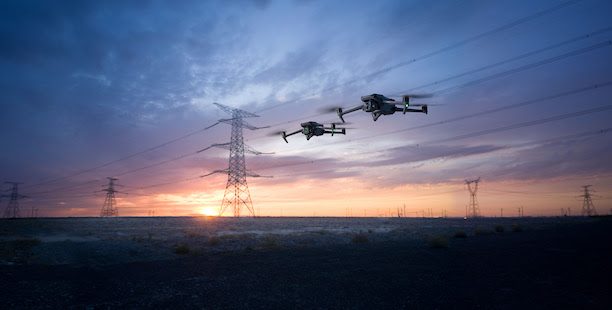Potential Impacts on the U.S. Drone Market
The Federal Communications Commission voted unanimously on October 28, 2025 to expand its authority over telecommunications equipment considered a national security concern. The new rules allow the FCC to restrict previously authorized devices and component parts if they are produced by a company that is later added to the FCC Covered List. The list currently includes Chinese manufacturers such as Huawei and Hikvision. According to the FCC announcement, the goal is to prevent technology linked to foreign adversaries from entering U.S. networks in ways that could enable surveillance or disrupt communications infrastructure.
An article published in The Verge reports that the change gives the FCC power to block devices after they have already been cleared for sale, closing a gap that has existed for years in the agency’s regulatory framework. The Verge article also notes that this authority could apply to certain consumer electronics sold in the United States, including models from drone manufacturer DJI.
FCC Leadership and Congressional Reaction
FCC Chairman Brendan Carr stated that the action addresses vulnerabilities that remained even after restrictions on newly authorized Huawei and Hikvision models had been put in place. He said that component parts used in otherwise compliant devices have represented a potential pathway for continued risk to U.S. networks.
Commissioner Olivia Trusty said the updated rules reflect the need to protect communications systems at every point in the supply chain. As devices become more modular, she said, security concerns may arise from individual transmitters or modules rather than the final assembled product.
How the FCC Decision Connects to the Drone Ecosystem
Drones that operate in regulated spectrum and rely on wireless transmission fall under the FCC’s equipment oversight. Manufacturers must receive authorization for radio transmitters used in drone control systems, video downlinks and other communication functions. The current National Defense Authorization Act requires a security review of platforms from Chinese manufacturers, including DJI. If such a review is not completed by a statutory deadline – 2 months away – those manufacturers could be added to the Covered List, which would prevent FCC authorization for new models.
That potential scenario is now more significant because the FCC has formalized its ability to take action not only on future equipment, but also on devices already authorized. This adds another factor into drone procurement planning for public safety agencies, utilities, and commercial operators that rely heavily on platforms from Chinese suppliers. Industry observers have noted that while existing drones are not automatically grounded, regulatory uncertainty could influence procurement decisions given the long operational life of many commercial drone fleets.
What Drone Stakeholders Should Monitor
As the rule moves into the implementation stage, federal agencies will determine how and when to apply the new authority. Drone manufacturers, public safety agencies, and commercial operators may want to track several issues that could shape future availability of aircraft and communications components in the U.S. market.
-
Whether major drone manufacturers are added to or removed from the FCC Covered List
-
Timing and results of national security reviews mandated in legislation such as the NDAA
-
Any future FCC determinations that apply the new authority to previously authorized wireless components within drones
-
Guidance to public safety agencies and commercial operators regarding continued operation and importation of affected models
-
Availability of domestic or alternative platforms if regulatory action restricts future imports
Next Steps
The FCC also launched a Further Notice of Proposed Rulemaking seeking additional input on the treatment of device components and on compliance enforcement. The agency said protecting communications infrastructure requires policies that adapt to changing technology and supply chain sources.
For the drone industry, this development adds to a broader regulatory landscape in which multiple agencies are considering national security concerns around imported technology. As decisions continue through 2025 and into 2026, operators and manufacturers are watching closely to understand how these actions may affect existing fleets and future availability of drone platforms in the U.S. market.
Read more:


Miriam McNabb is the Editor-in-Chief of DRONELIFE and CEO of JobForDrones, a professional drone services marketplace, and a fascinated observer of the emerging drone industry and the regulatory environment for drones. Miriam has penned over 3,000 articles focused on the commercial drone space and is an international speaker and recognized figure in the industry. Miriam has a degree from the University of Chicago and over 20 years of experience in high tech sales and marketing for new technologies.
For drone industry consulting or writing, Email Miriam.
TWITTER:@spaldingbarker
Subscribe to DroneLife here.


